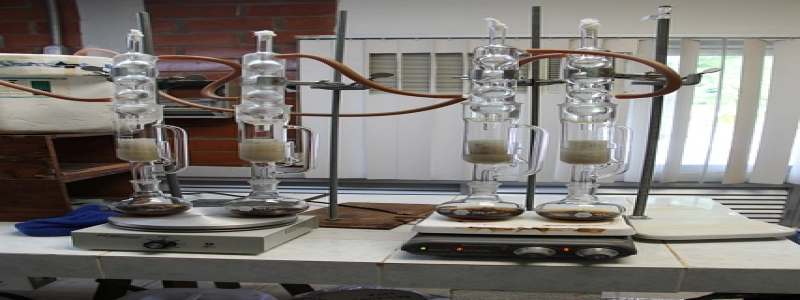Broglie’s Wavelength Formula
Introduction:
In the early 20th century, a groundbreaking theory in physics emerged, revolutionizing our understanding of matter and energy. This theory, known as wave-particle duality, suggested that all particles possess both particle-like and wave-like properties. One of the key contributors to this theory was Louis de Broglie, who proposed a formula to calculate the wavelength associated with any given particle. This article will delve into the details of Broglie’s wavelength formula and its significance in the realm of quantum mechanics.
1. The Concept of Wave-Particle Duality:
Before diving into Broglie’s formula, it is crucial to understand the concept of wave-particle duality. This revolutionary theory postulates that particles, such as electrons and photons, can exhibit both particle-like behavior (e.g., having definite positions) and wave-like behavior (e.g., diffraction and interference patterns). This duality challenged the traditional understanding of particles solely as discrete entities and opened up new possibilities in our understanding of the microscopic world.
2. Broglie’s Hypothesis:
In 1924, Louis de Broglie proposed his groundbreaking hypothesis, suggesting that if waves could exhibit particle-like properties, then particles should also possess wave-like characteristics. He suggested that every moving particle should be associated with a wave, and this wave’s wavelength could be calculated using his formula.
3. The Wavelength Formula:
Broglie’s wavelength formula relates the momentum of a particle to its wavelength. Mathematically, it can be expressed as:
λ = h / p
In this formula, λ represents the wavelength, h symbolizes Planck’s constant, and p denotes the momentum of the particle. This formula indicates that particles with larger momentum have a shorter wavelength, whereas particles with smaller momentum have a longer wavelength.
4. Significance in Quantum Mechanics:
Broglie’s wavelength formula had profound implications for the field of quantum mechanics. It bridged the gap between classical physics, which predominantly dealt with the behavior of macroscopic objects, and the emerging field of quantum physics, which focuses on the behavior of subatomic particles.
This formula provided a theoretical framework to understand the wave-like nature of particles, explaining phenomena like electron diffraction and interference patterns, which were observed experimentally. Broglie’s formula also paved the way for further developments in the field, such as the discovery of wave-particle duality in more massive particles like neutrons and atoms.
Conclusion:
Broglie’s wavelength formula revolutionized our understanding of particles, demonstrating that they possess wave-like properties. This formula paved the way for new insights into the microscopic world and contributed significantly to the development of quantum mechanics. By recognizing the duality of particles, scientists were able to make strides in understanding the behavior of particles at the quantum level, unraveling the mysteries of the subatomic realm.







